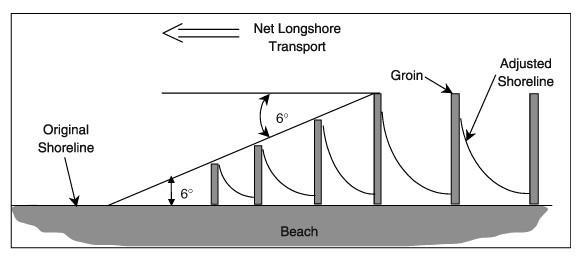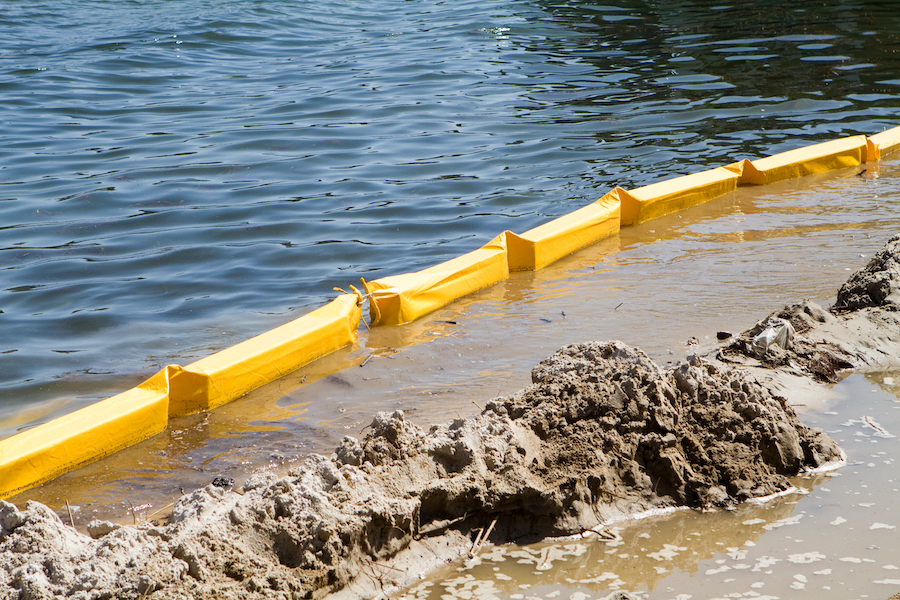Fascination About Shore Protect Team
How Shore Protect Team can Save You Time, Stress, and Money.
Table of ContentsShore Protect Team Fundamentals ExplainedThe Greatest Guide To Shore Protect TeamThe Only Guide to Shore Protect TeamShore Protect Team - The FactsOur Shore Protect Team PDFsWhat Does Shore Protect Team Do?The Basic Principles Of Shore Protect Team
Decrease in residential or commercial property worth: As the location tourism is impacted by disintegration, so then is the economy. Purchasers are much less likely to browse for a coastline house that might be destroyed at any type of minute by the impending flooding and erosion emergency situation. In turn, residential property value can drop greatly and affect the whole region.Whether a beach is simply tiny and crowded or has to close completely for the security of the ecosystem and nearby properties, this considerably influences tourist. Subsequently, local economic situations are affected (https://www.giantbomb.com/profile/shrprtcttm/). Threat of injury: The enhanced danger of flooding and architectural failures causes a boosted threat of injury to nearby vacationers and area participants

Coastline stablizing is directly associated to their task. Waterfront hotels: Because coastline disintegration impacts tourism, it impacts the success of waterfront resorts.
Shore Protect Team Can Be Fun For Everyone
This ultimately causes closures and abandoned beachfront buildings. Coastal industrial businesses: No tourists suggests no company. For those companies catering to citizens, their building is at danger of damages from erosion and flooding. Coastal state parks: State parks that exist along coasts are at risk of damages. Not just to the manufactured structures and properties on website, but additionally to the natural ecosystems that exist within.
Soft stabilization is a far better option for the atmosphere and more sustainable overall. Hard stabilization uses manufactured structures as protection to control erosion. Typically, these structures are set up at appropriate angles or alongside stop sand movement and lessen the force of waves. Many types of tough stablizing like seawalls and sheet steel are not excellent for coastline stabilization.
Our Shore Protect Team Ideas
There's also not nearly enough proof of their efficiency depending on the kind of coastline and neighborhood problems. Difficult stabilization techniques often tend to be a lot more challenging to install and do not match the natural visual, standing out like a sore thumb and damaging local environments in many circumstances. Beach nourishment is the procedure of adding shed sand and sediment back to coastlines after erosion has occurred.
TrapBags help in the process of coastline nutrition by protecting all-natural communities and permitting plants to grow. While this procedure can be costly and is not permanent, the pros have a tendency to outweigh the disadvantages. TrapBag obstacles offer several residential or commercial properties that make them ideal for coastal and shore erosion protection. They're: Eco friendly: You can utilize indigenous soil both to surround and to fill the TrapBags.

See This Report about Shore Protect Team
They can likewise be set up without any kind of hefty equipment. Economical: TrapBags are excellent for both little and large areas of coastline.
Incorporated with a high building price, this has led to boosting use of various other soft engineering seaside monitoring choices such as coastline replenishment. Seawalls are constructed from numerous materials, many typically reinforced concrete, stones, steel, or gabions. Various other possible building and construction materials consist of vinyl, timber, light weight aluminum, fiberglass composite, and biodegradable sandbags constructed from jute and coir. The ideal seawall style depends on location-specific aspects, including surrounding disintegration procedures. There are 3 primary kinds of seawalls: upright, curved, stepped, and mounds (see table listed below). A record released by the United Nations Environment Programme (UNEP) suggests that the tsunami of 26 December 2004 created much less damage in the areas where all-natural obstacles were existing, such as mangroves, reef or seaside greenery.
Natural obstacles, such as coral reefs and mangrove forests, stop the spread of tidal waves and the circulation of seaside waters and minimized the flooding and rise of water. A cost-benefit strategy is a reliable means to determine whether a seawall is suitable and whether the benefits deserve the cost.
Not known Incorrect Statements About Shore Protect Team
A seawall is a fixed function which can contravene the vibrant nature of the coast and impede the exchange of debris in between land and sea. The table below sums up some positive and negative results of seawalls which can be utilized when comparing their effectiveness with various other seaside administration choices, such as beach sustenance. [] Benefits and negative aspects of seawalls according to Short (1999) Advantages Downsides Long term solution in comparison to soft beach nourishment.

This can trigger beaches to dissipate, making them ineffective for beach goers. Generally, seawalls can be an effective means to regulate coastal erosion, however only if they are built well and out of materials that can hold up against the pressure of continuous wave energy.
The Definitive Guide for Shore Protect Team
The suitable seawall layout depends on location-specific facets, including surrounding disintegration processes. There are 3 main types of seawalls: upright, curved, tipped, and piles (see table below).
All-natural obstacles, such as coral reefs and mangrove woodlands, protect against the spread of tidal waves and the circulation of seaside waters and alleviated the flooding and rise of water. A cost-benefit method is a reliable way to figure out whether a seawall is appropriate and whether the benefits deserve the expense.
The Facts About Shore Protect Team Revealed
A seawall is a fixed feature which can clash with the vibrant nature of the coast and restrain the exchange of sediment in between land and sea. The table below sums up some favorable and negative results of seawalls which can be utilized when contrasting their efficiency with various other seaside administration options, such as coastline sustenance. [] Advantages and downsides of seawalls according to Short (1999) Benefits Disadvantages Long-term service in comparison to soft beach nourishment. waterfront property.

This can create beaches to dissipate, making them pointless for beach goers. Typically, seawalls can be an effective means to control coastal disintegration, however just if they are created well and out of materials that can endure the pressure of continuous wave power.